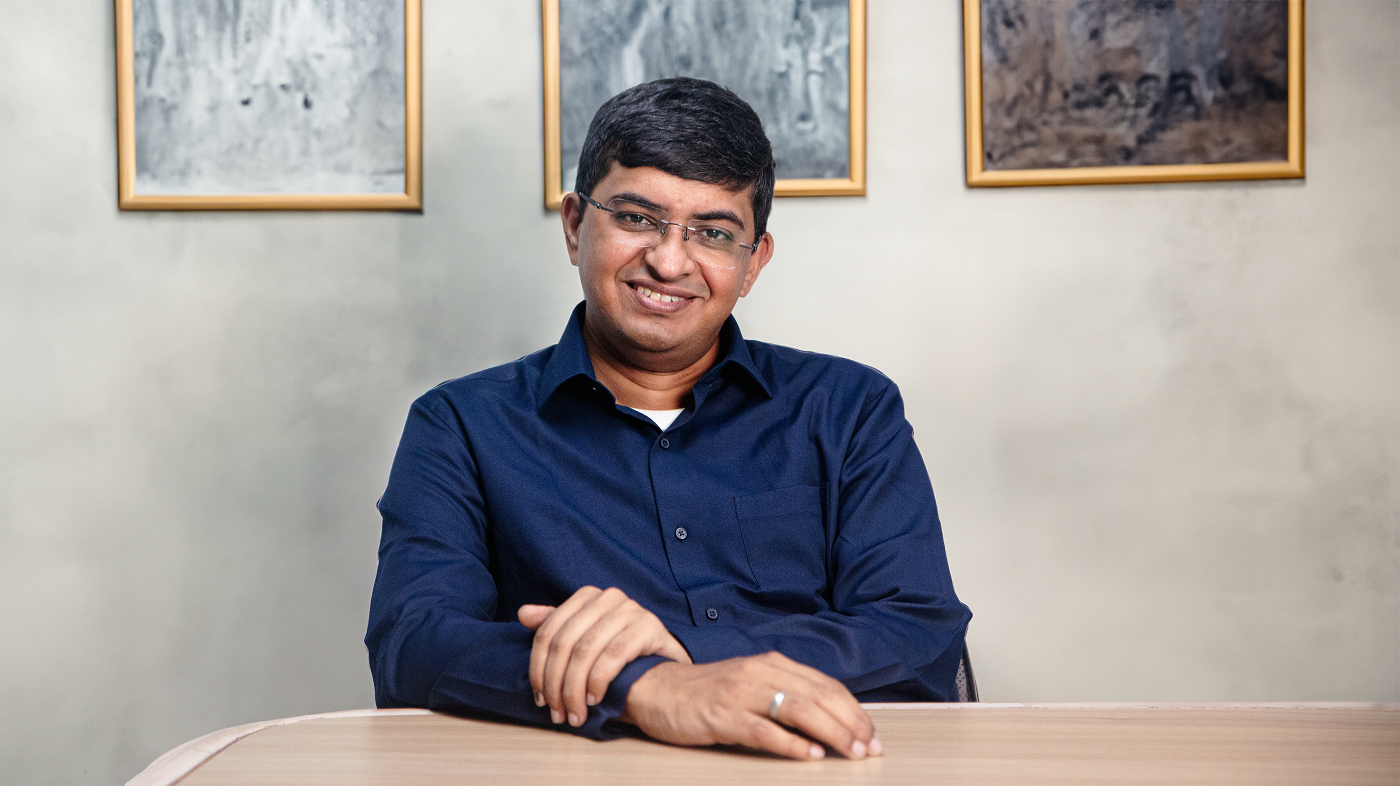Interviewee : Shashwath TR, Co-founder & CEO of Mindgrove Technologies
1 . An introduction to Mindgrove Technologies as a business: The vision and mission
We are an IIT-M incubated fabless chip design startup founded in 2021 at the IITM Research Park in Chennai. Since the launch of the startup, both Sharan Srinivas J (Co-founder & CTO) and I have been determined to innovate technologies to advance India’s semiconductor capabilities and ultimately make chips in India for the world. In 2024, Mindgrove Technologies, backed by Peak XV Partners, launched India’s first indigenously designed commercial high-performance MCU chip, marking a significant milestone. Recently, we completed a Series A funding round, securing USD 8 million to further our innovation efforts.
Our mission is to develop high-performance and cost-effective System on Chips (SoCs) tailored for a range of sectors, namely the consumer electronics, automotive space and many others that would need customised chips to harness optimised performance. We focus on creating secure, efficient, and scalable semiconductor solutions that drive and support deep-tech innovation. By leveraging advanced design expertise, we aim to make chips more accessible.
Our vision is to establish India as a key player in the global semiconductor industry. We strive to develop world-class chips that are designed in India and deployed globally. Through continuous innovation, we are committed to delivering cost-effective and high-performance solutions that shape the future of technology.
2 . Could you please shed some light on your inaugural chip – Secure IoT? What are its use cases?
In May 2024, we launched our inaugural chip – Secure IoT which was and still is India’s first indigenously designed commercial high-performance MCU chip. It is built on the RISC-V architecture and is designed for OEMs and ODMs looking for affordable and feature-rich solutions for their IoT-powered smart connected devices. It is 30% cheaper than competitors while still offering strong performance and advanced features.
Running at 700 MHz, Secure IoT is a versatile microcontroller that can be used in wearables, smart city devices like smart water, gas and electricity meters, smart fans and EV battery management systems. A key advantage of the chip is its right-sizing, which makes it flexible, secure, and cost-effective. Mindgrove also provides design support to local brands, helping them innovate and scale up production, supporting India’s goal of becoming self-reliant in semiconductors.
The chip has successfully completed MPW tape-out at 28nm, and reference boards will soon be available for manufacturers to test. Secure IoT includes multiple connectivity options, built-in security features, and on-chip memory. It works with bare-metal code and microcontroller RTOS, making it ideal for traffic management, self-driving cars, and medical devices. With its strong performance and competitive pricing, Secure IoT is expected to gain interest both in India and globally.
3 . What are the upcoming products we should look out for from Mindgrove Technologies?
Our upcoming product, Vision SoC, is an advanced System on Chip designed for high-performance edge computing and video processing applications. Developed under the government’s Design-Linked Incentive (DLI) scheme, this chip will power a wide range of devices, including CCTV cameras, dashcams, video recorders, automotive driver assistance systems, smart TVs, and other video-enabled products.
At Mindgrove, our goal is to provide cost-effective yet feature-rich semiconductor solutions that enable domestic companies to integrate Indian-designed SoCs into their products without compromising on quality or performance. Vision SoC is a step in this direction, strengthening India’s semiconductor ecosystem while meeting the growing demand for high-speed, secure, and efficient video processing solutions.
With the success of our first high-performance SoC (Secure IoT), we are excited to continue pushing innovation forward. Vision SoC will help businesses build smarter, more efficient products while contributing to India’s goal of semiconductor self-reliance.
4 . You are a successful fast-growing startup. Could you let us know the initial challenges faced and how they were overcome?
The first challenge was in even deciding what to build. The semiconductor field is wide open and we had many options and opportunities. We spent a whole year deciding what vertical to play in, another year studying it and raising money, and only then did we start actually building even the MVP. Communicating this to potential investors as a domain that requires patience and long term thinking was another challenge (though, happily, we’ve found a set of investors who are very patient and supportive).
We believe the technical and operational challenges of building and launching the product and getting the market to believe in us are the same for any deep tech startup. We are working on these with a combination of smart engineering and perseverance.
5 . What are some key learnings you would like to share with other budding startups in the chip design space?
It’s a very rewarding space to be in, so welcome to the jungle.
Pay attention to the entire design pipeline before committing to a tapeout. There are many aspects that as an engineer we don’t always have access to, but as an entrepreneur or project manager we need to keep on top of (for example, digital designers may not understand packaging very well)
Spending time with downstream users was both rewarding for the knowledge and helped us avoid pitfalls in product ideation.












